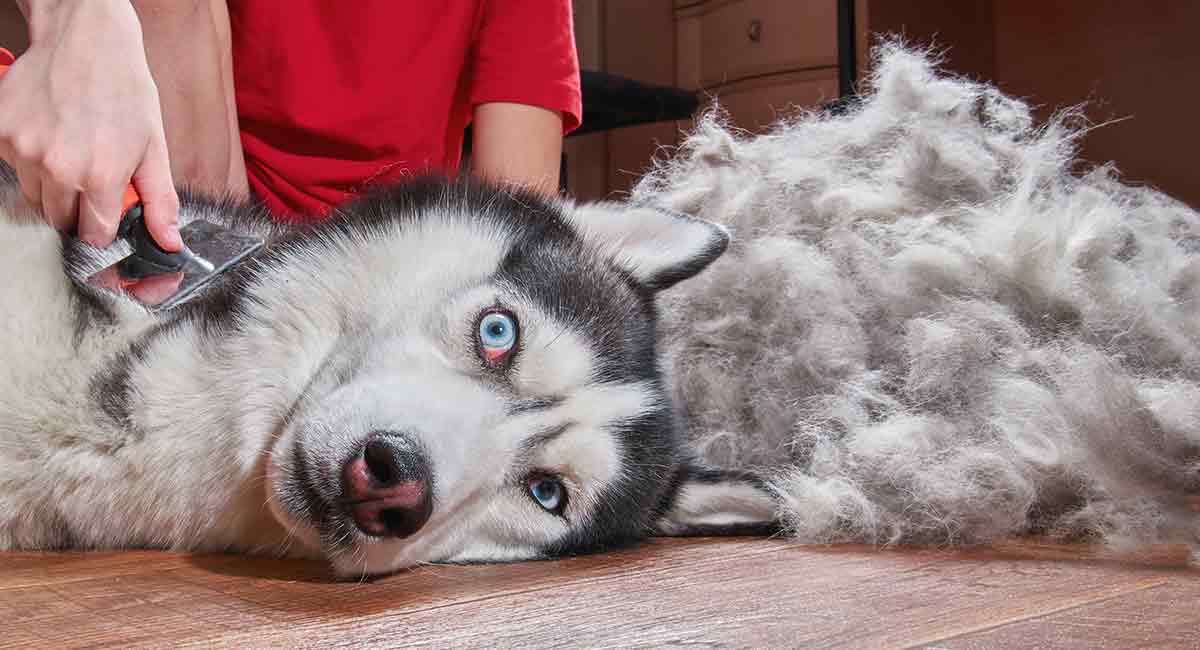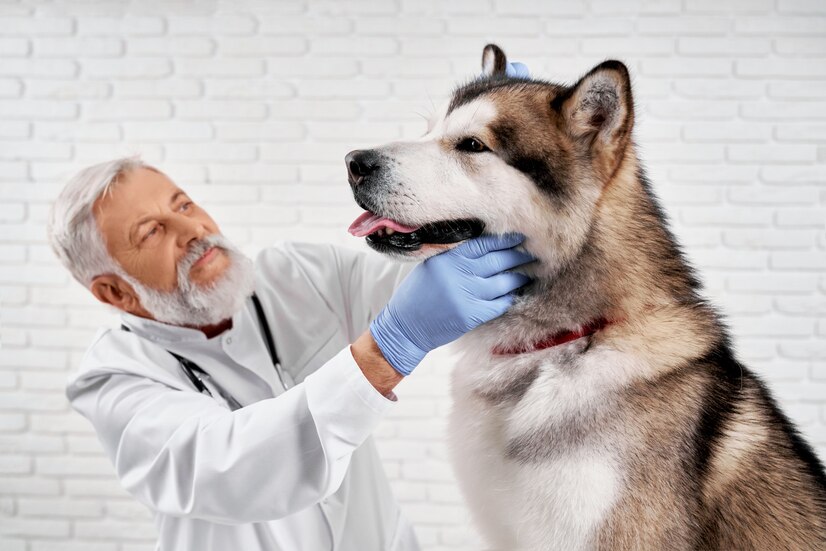How To Take Care of Alaskan Malamute
Training
As malamutes are very smart and intelligent breed of dogs, they should be enrolled in training sessions right from the beginning when they are young. They have a tendency to outwit their masters keeping into consideration their size and built. It is also advised to give them obedience training when they are young because as they grow old they might become bored and very destructive.
Grooming
This breed’s outer layer of fur is rough and coarse and the inside layer is woolen and oily and they shed their coat twice in a year. Malamutes exist in various colours and their facial marks are the most versatile features. Further, the colours of coat range from light dull gray, red, sable to shades of black. The face of this breed is visibly attractive white along with the some parts of legs and feet.

Some malamutes have a visible solid colour on their foreheads or just around their neck which is usually white blaze. The nails should be trimmed twice or thrice a month for the dog’s hygiene. Malamutes are very much sensitive to heat and sunlight that is why they are found in arctic regions. As they have a dense layer of outer coat so they are able to survive very cold weather.
Health and Nutrition

Though malamutes are a healthy breed, but at times they might face certain chronic health problems. Make sure to receive health clearances for this breed while you purchase it. Some of the common health conditions suffered by them are cataracts, Hip dysplasia, Hemeralopia, elbow dysplasia etc.
Common Health Problems
Some of the most common health problems of the
Alaskan Malamute include

- Cancer: Canine cancer can affect many breeds of dogs. When caught at less severe stages, cancer can often be treated with chemotherapy, radiation, or surgery to remove the affected areas.
- Elbow and Hip Dysplasia: These conditions affect your dog's joints as they mature. Dysplasia can sometimes be treated with physical therapy, but more severe cases may require surgery.
- Polyneuropathy: This neurological disorder causes improper functioning of the dog's nerves.
- Hypothyroidism: Also known as underactive thyroid, hypothyroidism affects the body's natural hormone regulation and causes slowed metabolism.
- Day Blindness: Affecting the cones in the eyes, this condition can cause your dog to have poor sight or blindness outdoors and in brightly-lit areas.
- Von Willebrand Disease: This disease impairs the blood's ability to clot.
- Gastric Dilatation-Volvulus (GDV or Bloat): Large-breed dogs are often prone to Bloat, in which the stomach fills with gas and twists. Preventative surgery, called prophylactic gastropexy, can be performed by your veterinarian.
Diet and Nutrition
For years of health and happiness, feed your Alaskan Malamute a quality diet. These dogs can be prone to overeating or developing Bloat from gulping down their food too quickly, so it’s recommended to feed several smaller meals per day rather than one to two larger portions. Speak with your veterinarian to plan a consistent diet and portion schedule based on your Malamute's age, weight, and activity level. This is an important step to help your dog avoid excessive weight gain or canine obesity, which can lead to other health problems.
Feeding

The recommended amount of daily food that should be given to malamutes is four to five cups of very high defined quality of dry dog food per day which shall be divided into two meals a day. The amount of food consumption depends on the energy level, build, size and metabolism of your dog. The perfect way to keep your malamute healthy is to serve him meal only twice a day and not feeding him all the time.
This breed serves as a very active playmate that will make you enjoy for years to come. Taking into consideration these aspects can help your playful Alaskan malamute to enjoy a great health as well as train you as a dog lover.